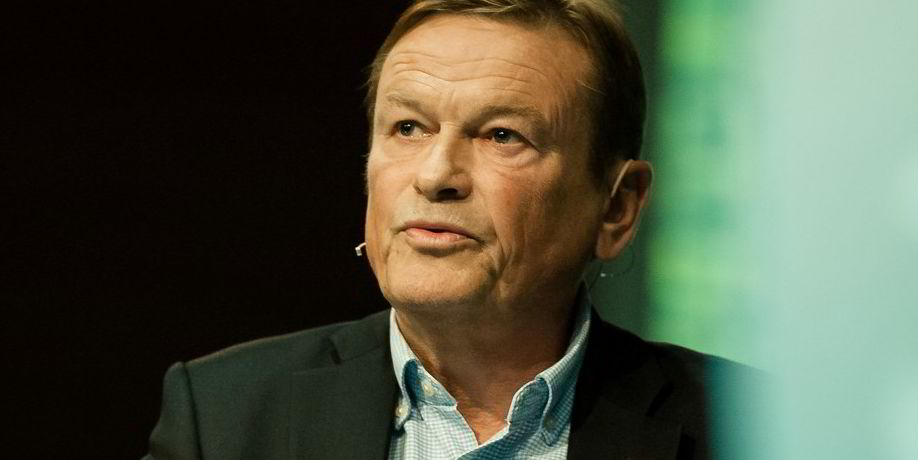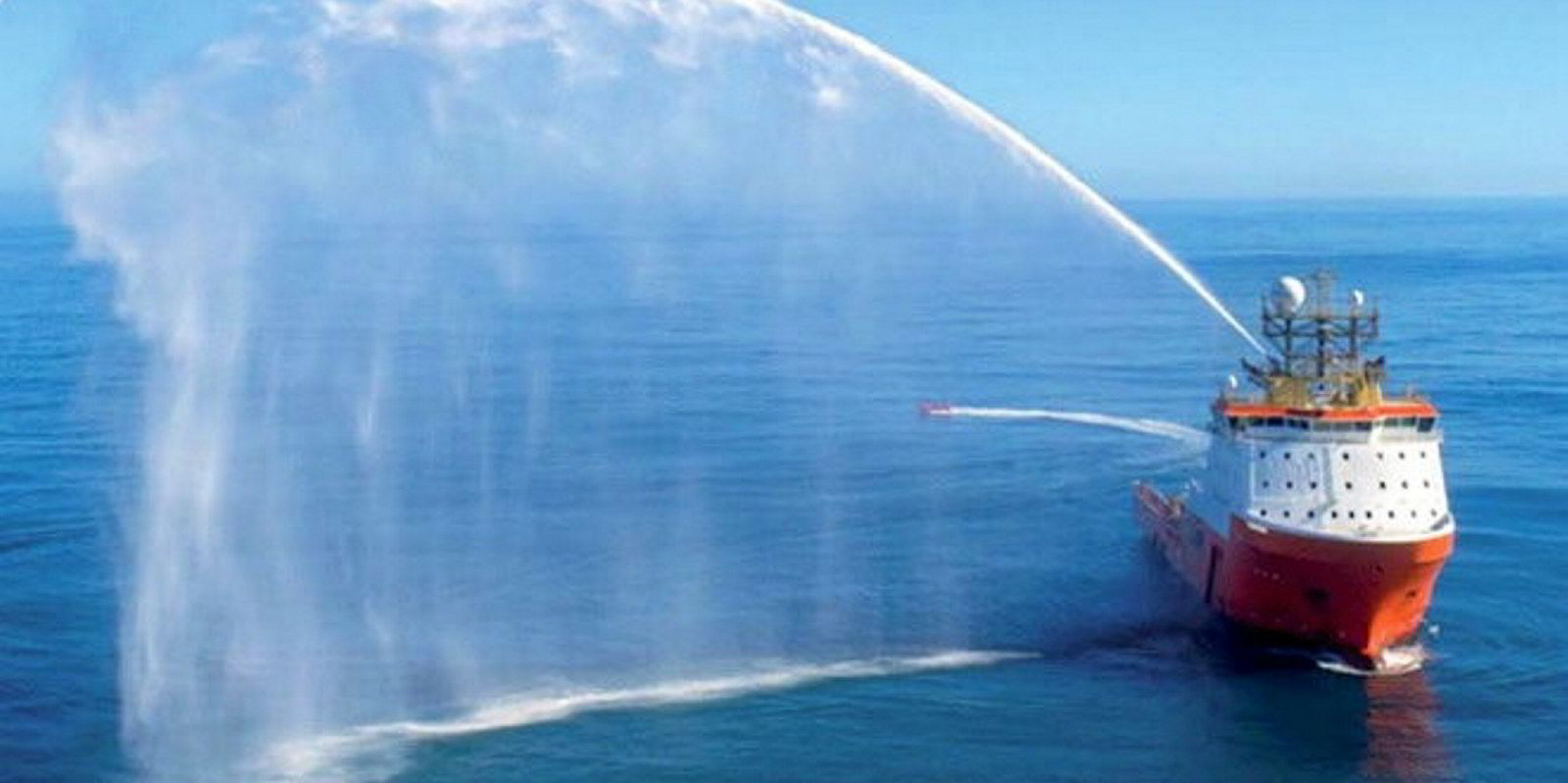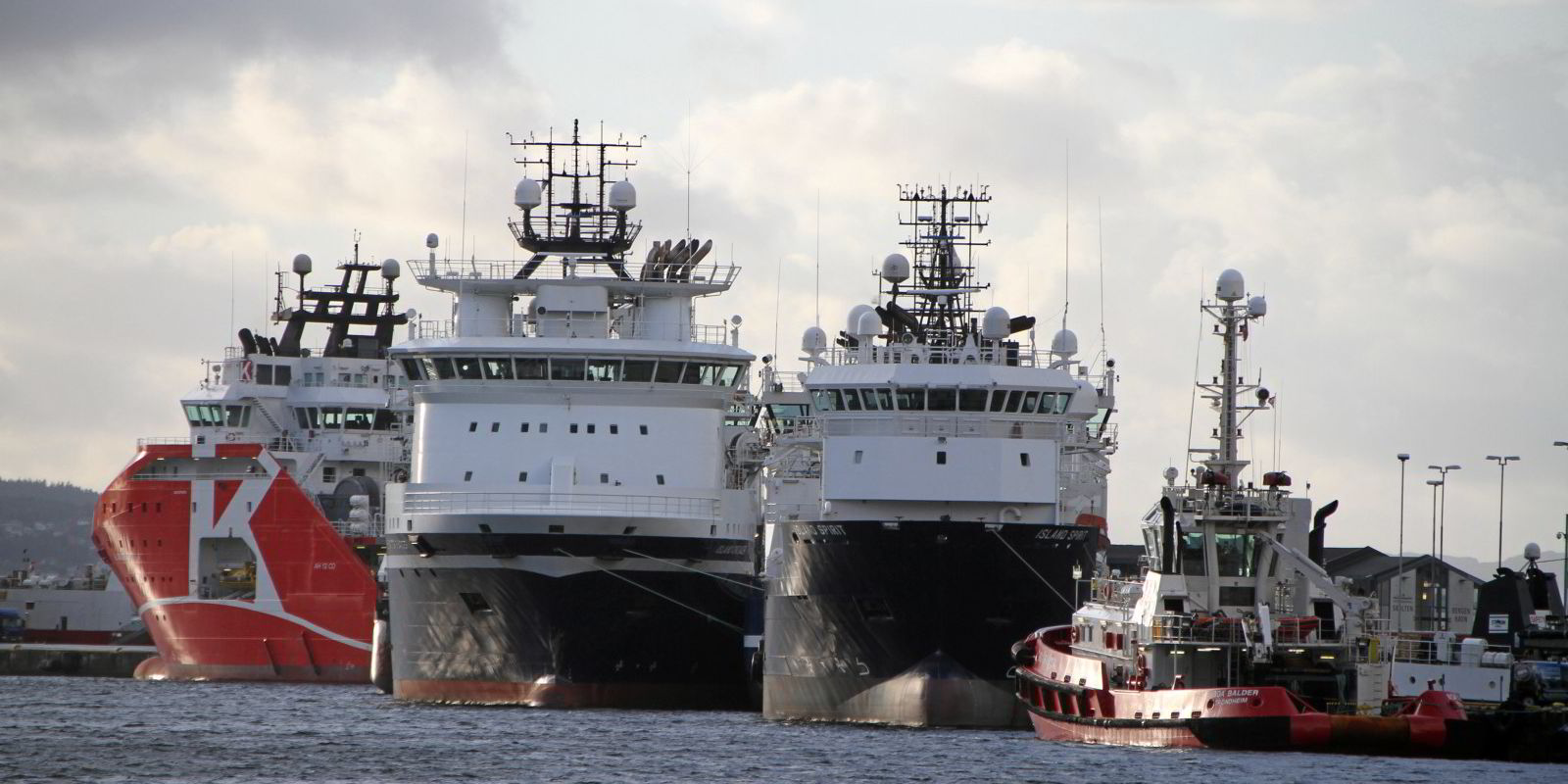Clarksons Research is predicting a continued divergence in fortunes between vessels involved in offshore renewables and those in the traditional oil and gas business.
Managing director Stephen Gordon said the severe impact of the Covid-19 pandemic in 2020 meant reduced activity, project deferral, lower spending and operational disruption for oil and gas markets.
The Clarksons rate index for these vessels remains 12% down year on year.
However, in offshore renewables there was continued growth in 2020 — and record project sanctioning, overtaking offshore oil and gas for the first time, at a total of $56bn, compared with $43bn.
"While the firming oil price has improved market sentiment and our projections suggest an uptick in OSV and rig utilisation, the general outlook suggests these contrasts will continue in 2021," Gordon said.
Fleet use five points down
OSV utilisation stands at 59% in March, five points below the start of 2020 despite a slight pick-up late last year.
"Lay-up will help to manage supply but, although the orderbook is less of a problem than back in 2014, immediate demand improvements may be modest," Gordon said.
"We expect greenhouse gas emissions reductions will become a focus for charterers."
The subsea markets, despite challenges, seem slightly better positioned, with "walk to work" vessel demand growing.
Despite Covid-19’s disruption, investment in offshore wind continued to accelerate, with record start-ups of 5.9 GW and sanctioning at 17.4 GW in 2020.
Underlying trends were also sustained, including a wider range of countries, using larger turbines, Clarksons Research said.
Is floating the future?
Floating wind farms seem set to become commercially viable over the next decade, and a new ordering cycle for wind turbine installation and service operation vessels has begun.
Clarksons Research estimated that offshore wind contributes 0.2% of global energy supply, compared with offshore oil and gas at 17%.
The wind fleet stands at 900 ships, against 9,000 oil and gas units.
It is likely to be another challenging year for offshore oil and gas, with further rounds of restructuring and consolidation, Gordon believes.
The drilling rig market has experienced widespread operational and commercial disruption as Clarksons Research recorded more than 100 individual contract cancellations, suspensions and rate adjustments last year.
Across 2020, jack-up demand fell by 7% and utilisation dropped four points to 73%.
Improving market?
After several drilling companies entered Chapter 11 restructuring in the US, Clarksons Research believes consolidation may follow.
"Support to utilisation has come from relatively quick action to stack or remove rigs, and it is hoped markets have now bottomed out and will improve," it said.
The pandemic's impact on energy markets during mid-2020 was stark, with oil demand falling a "staggering" 17m barrels per day across the second quarter, Gordon added.
Falling oil prices were countered by a substantial Opec+ supply cut and reduced shale output, but demand is still down 7% year on year and remains "fragile", he said.
Stronger production rates are projected for 2021, however.







